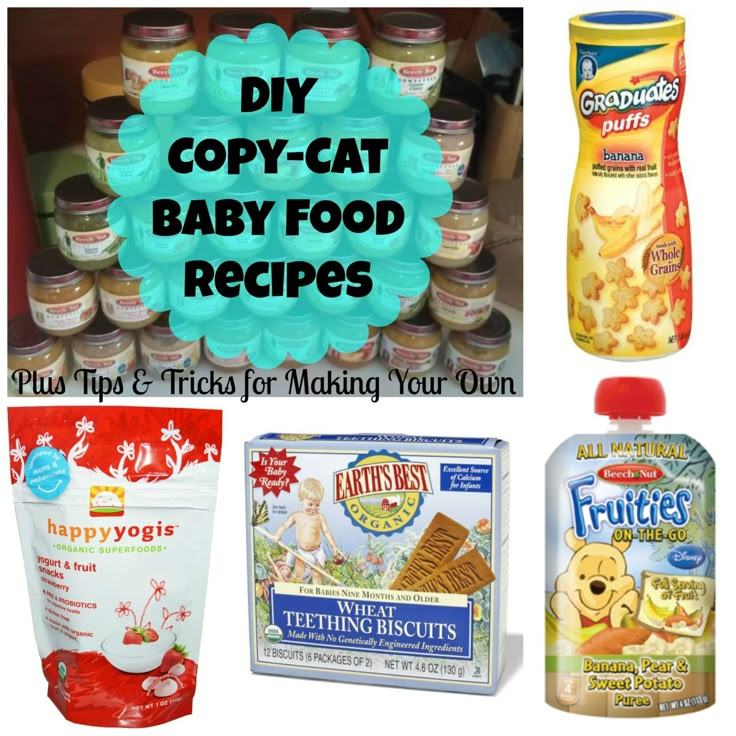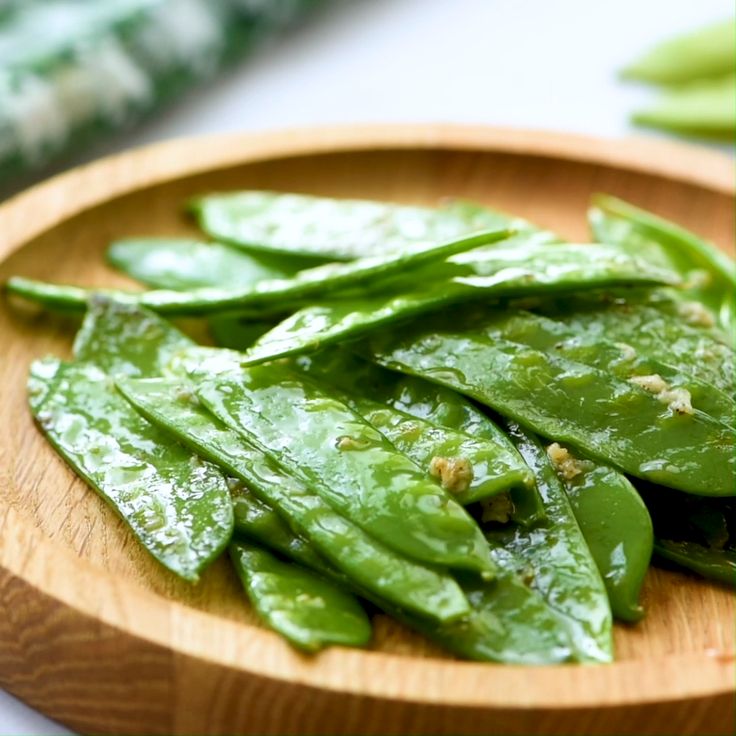Making your own baby food vs buying
Your Baby’s Food: Homemade or Store Bought?
Making your own baby food is a very personal decision many mothers think about. It is not always an easy choice because there are a lot of factors such as lifestyle, cost, benefits and risks that go into it. As my best friend put it,
“There is something really gratifying and pure about making Henri’s food. Since it is made by me, I know exactly what goes in his tummy. And of course, I have to taste it, making me more aware of the flavors my child does and does not like.”
What is Most Important: Experts Weigh In
According to the United States Department of Agriculture (USDA), the most important concern surrounding the decision of what to feed your child is to provide an “adequate amount of essential nutrients by consuming appropriate quantities and types of food.”
Essential Nutrients for Babies
Some important essential nutrients for your baby include protein, healthy fats, iron, vitamins D, A and B12. As long as your child receives important nutrients, whether it’s from homemade baby food or store bought, you are providing your baby with the building blocks for their future growth and development. I found this guide from USDA.gov helpful in learning about the nutritional needs of my baby. I think you will to!
Year One
Many of you may be breastfeeding. The American Academy of Pediatrics (AAP) recommends exclusive breastfeeding for the first six months of age. During this time, the sole form of nutrition should be breast milk. After six months of age, complimentary foods may be introduced into your baby’s diet. This may be in the form of rice, cereal, vegetables and fruit. These are some of many nutrient based complimentary foods AAP recommends in your baby’s diet.
When your baby is at least six months and ready to begin eating solid food, your question may be, “Should I make my own baby food or buy it from the store?” The rest of this blog post helps answer your question!
Should You Consider Making Your Baby’s Own Food?
The benefit of making your own baby food is knowing exactly what your baby is eating with no worry of extra “surprise” ingredients. Here are tips to consider when making your own baby food:
Here are tips to consider when making your own baby food:
- ALWAYS follow strict food safety rules for preparing and storing homemade baby foods. Refer to this easy guide from FoodSafety.gov for details on baby food preparation and storing safety.
- Wash fresh produce thoroughly.
- Use fresh fruits and vegetables as much as possible. Prepare fresh produce shortly after purchasing in order to preserve the nutrients.
- Remove peels, cores and seeds in any produce.
- Remove skin and trim all visible fat from meats.
- Cook meats by baking, broiling or stewing.
- For younger infants, puree meat in a blender to desired consistency by adding a small amount of fluid. For older infants, chop meat and poultry into very small pieces.
- Avoid using canned fruits and vegetables with added salt or sugar.
- Serve food plain. Do NOT add seasoning and spices to your baby’s food.
- To adjust flavors add other pureed foods that your baby has already eaten.

- Never incorporate foods that your child has never eaten. There may be a food allergy you are not aware of.
- Introduce new foods one at a time in order to make sure there is no food allergy connected with a particular food.
- Avoid adding eggs or dairy before age one. Dairy and eggs at such a young age can cause a food allergy.
- Homemade food kept in the refrigerator should be eaten within 48 hours after preparing.
- If you are making large batches, freeze in BPA-free containers with proper lids. Label and date all containers.
Are There Ingredients to Avoid in Store Bought Baby Food?
Actually, no there is not. In my research for this post, there aren’t ingredients to avoid in store bought baby food, but there are additives to avoid. Make sure there is no corn syrup and sugars added. Generally, baby food has fewer additives that other food. Purchase foods that have only fruits and/or vegetables and water added. Many families lean towards organic brands because they know the food is free of pesticides, growth hormones, antibiotics and other chemicals.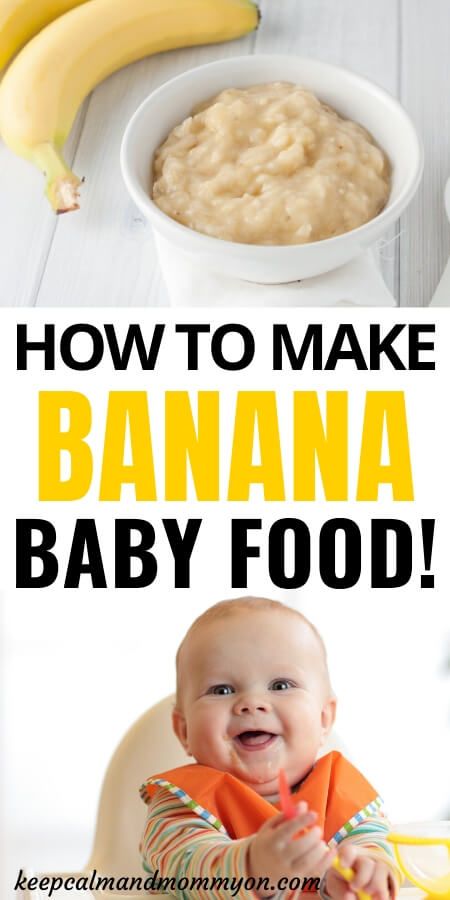 If the cost of organic brands is too high, read the labels and make sure there are no additives like corn syrup, sugars or other ingredients that are not real food or food-based.
If the cost of organic brands is too high, read the labels and make sure there are no additives like corn syrup, sugars or other ingredients that are not real food or food-based.
There are Benefits to Store Bought Baby Food
The biggest benefit is convenience! I cannot say it enough. It requires less careful preparation and cleaning, less pureeing, less freezing and less waste. Baby food manufacturers are constantly creating new products, which allows for easier and lighter carrying. Companies have started packaging their foods in pouches, which are easier to carry than glass jars. Also, many companies package their baby foods in ways that are designed to help parents advance their baby’s diet at the right age.
At the end of the day, the decision to make your own baby food or buy food for your baby is a decision that needs to fit into your lifestyle. As long as you are providing your child with a healthy well-rounded diet, you really cannot go wrong.
Making Homemade Baby Food: Benefits, Disadvantages, and More
A step-by-step guide to making and storing food for your baby.
Written by Gina Shaw
When you begin feeding your baby solid foods, it’s time to think about what foods you’re going to be feeding them. There are many healthy premade options, including organic baby food. But homemade baby food is a popular option for parents who want to know exactly what goes into their baby’s mouth -- and making it may be easier than you think.
Homemade Baby Food: Advantages of Making It Yourself
Parents who prefer homemade baby food have many reasons for their choice.
- They know exactly what they’re feeding their baby.
- It’s more economical than buying pre-packaged foods (although some parents note that this is not always the case).
- They can choose their own fruits, vegetables, and other foods for purees, instead of relying on the flavors chosen by manufacturers. You’re not going to find melons or avocados in the baby food section of the supermarket.

- It gets the baby used to eating the same food as the rest of the family -- just in puree form.
Myra Bartalos, the mother of a 20-month-old daughter in Brooklyn, N.Y, found that making her own baby food was easy and appealed to her concern for her daughter’s nutrition.
“What sealed the deal for me was finding out that jarred food is cooked at extremely high temperatures to kill bacteria for longer storage, at the same time taking out many of the food's vitamins and nutrients and taste,” says Bartalos. “I would roast, steam, or boil veggies or fruit on the weekends and puree in a mini food processor. I'd make three or four different fruits and veggies at a time, so I had a month's worth of food with each cooking weekend.”
“Making your own baby food does help you think more about what you're feeding your child,” says Erika Radtke, the mother of a 4-year-old boy and newborn daughter in Carlsbad, Calif. “And it seems to pave the way for making healthier meals, even as he or she gets older. ”
”
Making Baby Food: Disadvantages of the Homemade Approach
Some parents who’ve tried and given up on homemade baby food point out these disadvantages to making it:
- Time. It takes time to make and prepare lots of little servings of homemade baby food. It’s much faster to pick up prepackaged servings.
- Convenience. Prepackaged baby foods come in measured amounts and ready to serve.
- Storage. Homemade baby foods may spoil more quickly and require refrigeration, which may take up room in your fridge or freezer if you make a lot of servings ahead of time. Prepackaged baby foods don’t need refrigerator storage until they’re opened.
Although Radtke made some of her son’s baby food, she admits, “It was a pain. I used to take a whole weekend to cook the foods, portion it out into ice cube trays, freeze them and store them. I didn't have a problem using Gerber's or Earth's Best when I ran out, though.”
If you’re daunted by the idea of making your own baby food, don’t feel that you’re neglecting your baby.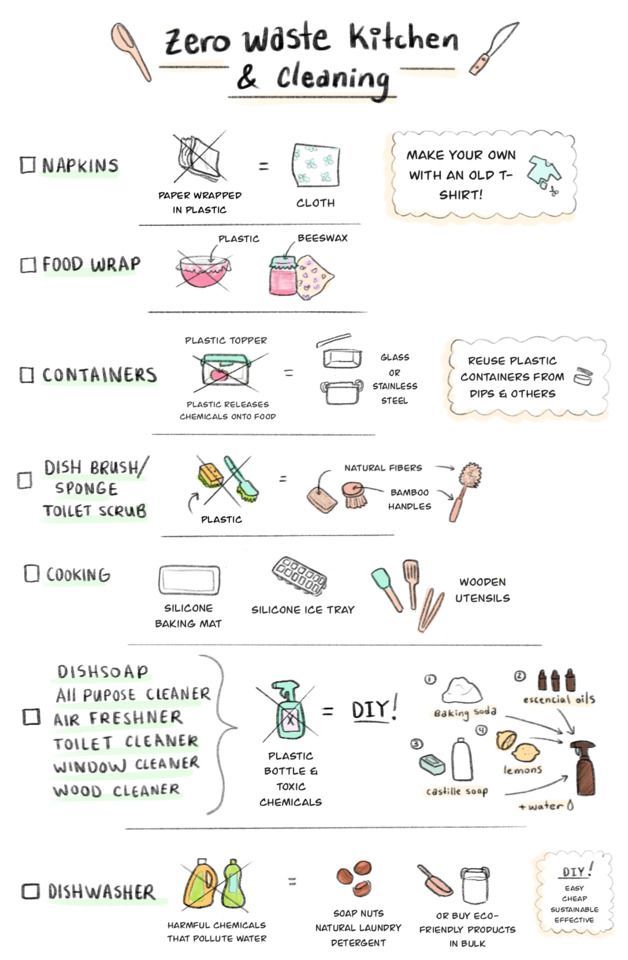 “Foods intended for babies are so pure to begin with,” says Jennifer Shu, MD, a pediatrician in Atlanta and co-author of Heading Home with Your Newborn: From Birth to Reality and Food Fights: Winning the Nutritional Challenges of Parenthood Armed with Insight, Humor, and a Bottle of Ketchup.
“Foods intended for babies are so pure to begin with,” says Jennifer Shu, MD, a pediatrician in Atlanta and co-author of Heading Home with Your Newborn: From Birth to Reality and Food Fights: Winning the Nutritional Challenges of Parenthood Armed with Insight, Humor, and a Bottle of Ketchup.
“If you’re really concerned about what your baby’s eating and don’t have the time to make your own baby food, focus your attention on what they’re eating once they begin table foods,” Shu tells WebMD. “It’s really a very short window of time when they are eating purees.”
Making Baby Food: What You’ll Need
If you decide to make your own baby food, says Shu, it’s not that difficult: “All you need is a food grinder and a way to steam the food.” (If you’re taking the time to make your own baby food, steaming is the best way to cook ingredients because it preserves the most nutrients.)
There are plenty of baby food makers on the market, from a French product that combines steaming, blending, warming, and defrosting, to simple baby food processors, mills, and grinders. But you don’t need to buy any of these products; your own food processor will work just as well for making baby food. And if you don’t have one, just use a potato masher or blender, to make sure the food is soft and does not have chunks.
But you don’t need to buy any of these products; your own food processor will work just as well for making baby food. And if you don’t have one, just use a potato masher or blender, to make sure the food is soft and does not have chunks.
Many popular books offer hundreds of recipes for baby food purees, including Blender Baby Food, Top 100 Baby Purees, and the Petit Appetit Cookbook. These books can help you come up with new ideas to try with your baby and remind you of important nutrients to include, but as with baby food makers, they’re not a requirement for making your own baby food.
Healthy Homemade: How to Make Baby Food in 6 Easy Steps
- Wash and rinse your hands and equipment.
- Scrub and peel fruits and vegetables.
- Bake, steam, roast, or microwave until tender (steaming and microwaving preserve the most nutrients).
- Puree in a food processor with a little liquid (water, breast milk, or formula), or mash if your baby can handle more texture.

- Store in the refrigerator or freezer, in airtight containers. (Packaged baby foods can be stored in the cupboard until they’re opened; because they’re fresh, homemade baby foods can’t.)
- Rewarm when it’s time to eat and allow to cool.
There are a number of storage containers sold specifically for refrigerating and freezing small serving-sized amounts of baby food; you can also just use an ice cube tray.
In addition to fruits and vegetables, you can puree foods such as cooked meats (fully cooked, with no pink, and remove fat, skin, and connective tissue), beans, and cooked eggs.
Homemade Made Easy: 1-Step Baby Food
When you’re preparing some foods, you can actually cut the steps down to one. “Cutting up a very ripe pear, mashing a banana, mashing an avocado -- that’s making your own baby food,” Shu tells WebMD. “Or, for example, when you make mashed potatoes for the family, set aside some that don’t have whole milk added. You can add a little butter or mild spices. As long as you’re eating healthy, you can give your baby a modified version of what you’re eating.”
As long as you’re eating healthy, you can give your baby a modified version of what you’re eating.”
Baby food - from a jar or with your own hands? Pros and cons
Complementary foods are solid foods for young children in addition to dairy products that they have received for several months as their sole source of nutrition.
— Polina Alexandrovna, why is the introduction of complementary foods called a transitional stage in a child's nutrition?
— The beginning of acquaintance with complementary foods does not mean the transition to an adult table. The first or second complementary foods are important so that the child adapts and is psychologically ready to eat adult food, and his digestive organs are tuned to work properly. Therefore, complementary foods are considered a transitional stage from milk nutrition to nutrition at a common table. nine0003
- Is the composition of canned zucchini or apple puree for babies different from the homemade version?
- Factory nutrition may vary depending on the raw materials that the manufacturer uses in a particular puree. Therefore, it is impossible to say that all such food is the same. For example, zucchini puree may contain rice flour so that its consistency is more correct in the opinion of the manufacturer. Mom decides what to put in, and in the same way she can add rice flour. An industrial puree that is suitable for a child and meets the requirements of parents may be identical in composition to homemade puree. nine0003
Therefore, it is impossible to say that all such food is the same. For example, zucchini puree may contain rice flour so that its consistency is more correct in the opinion of the manufacturer. Mom decides what to put in, and in the same way she can add rice flour. An industrial puree that is suitable for a child and meets the requirements of parents may be identical in composition to homemade puree. nine0003
— There is a lot of speculation about baby food in jars. What are the most common parenting misconceptions?
- The most common myth is "canned mashed potatoes don't taste good and kids don't eat them well." In fact, most babies enjoy eating factory-made purees without experiencing any problems.
There are concerns that baby puree is “wrong” or does not meet nutritional requirements. The manufacturer is required by law to list all the ingredients of the product. For example, mashed potatoes may contain rice flour that is not always healthy, especially if vegetables are introduced to the child in order to avoid constipation. What kind of food is more useful for the baby, whether to buy just such a puree or look for another in composition - the parents decide together with the doctor. Therefore, it is wrong to equate all manufacturers and their products. nine0003
What kind of food is more useful for the baby, whether to buy just such a puree or look for another in composition - the parents decide together with the doctor. Therefore, it is wrong to equate all manufacturers and their products. nine0003
See also
- "10 myths about canned baby food"
- Puree is often said to contain preservatives.
— Modern technologies make it possible not to use preservatives in the production of baby food. That is why it is written on the jars that open food is not stored for more than a day even in the refrigerator. As long as puree does not come into contact with air, it does not spoil within the specified shelf life due to sterilization and vacuum packaging. After opening the jar and contact with air, the puree quickly deteriorates, which indicates the absence of preservatives in it. nine0003
— Is it true that canned baby food is addictive, and then the child refuses natural products?
- There is no causal relationship here. When a child refuses a fresh apple, the problem is not the canned puree in his diet, but that he is not familiar with food in pieces. The child ate a homogeneous puree for a long time, and then they offer him a large piece of an apple - naturally, he will not cope with it right away. That is why, after the child gets used to a homogeneous puree, puree with soft small pieces is gradually introduced - so that there is no discomfort if the baby does not chew them. Gradually, the pieces become larger and denser. Over time, the child comes to eat a real whole apple or other hard fruit or vegetable. nine0003
When a child refuses a fresh apple, the problem is not the canned puree in his diet, but that he is not familiar with food in pieces. The child ate a homogeneous puree for a long time, and then they offer him a large piece of an apple - naturally, he will not cope with it right away. That is why, after the child gets used to a homogeneous puree, puree with soft small pieces is gradually introduced - so that there is no discomfort if the baby does not chew them. Gradually, the pieces become larger and denser. Over time, the child comes to eat a real whole apple or other hard fruit or vegetable. nine0003
Baby food in a jar or homemade puree - which is right for a baby? Pros and cons of
— How long can I feed my baby bottled baby food?
- You can feed your baby as much as you like, there is no strict age limit. But baby needs to be introduced to the different textures and flavors of . The need for canned food usually disappears when the baby moves to a common table with a diet familiar to the whole family.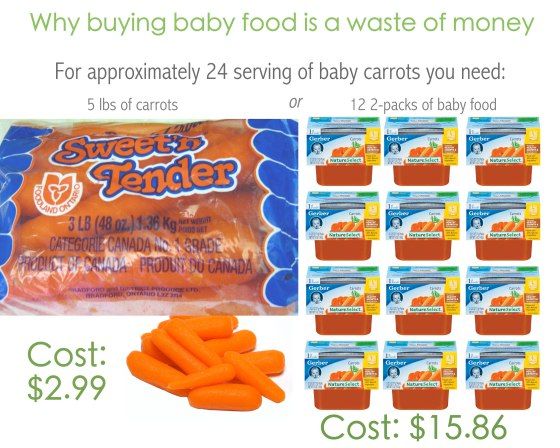 During this period, puree from a jar, especially tasty and sweet fruit varieties, often becomes a safe treat for grown-up babies. nine0003
During this period, puree from a jar, especially tasty and sweet fruit varieties, often becomes a safe treat for grown-up babies. nine0003
— In which cases canned baby puree is contraindicated?
- There are no diseases in which canned puree is contraindicated. But for some diseases, the presence of a particular product in baby food is undesirable. Factory puree is different in composition. Parents can choose purees without ingredients that are not suitable for the baby or should be limited in his diet, and continue to feed the canned product without problems.
— How to choose baby food in a jar that is healthy for a child? nine0006
- First of all, you need to read the full composition of the product on the back, because some ingredients are not indicated on the front label of the jar. It is important to pay attention to the expiration date of the food, the reputation of the manufacturer. All components of the puree must correspond to the age and condition of the child, his individual characteristics.
For example:
- the first puree must not contain rice flour;
- Strawberry puree should not be given to a four-month-old child; nine0030
- cereals are excluded from the diet of children with celiac disease (gluten intolerance);
- An older baby should be offered puree with chunks.
What mistakes do parents make when preparing mashed potatoes for feeding with their own hands
- Sometimes parents cook the wrong way - sometimes they overcook vegetables, and also make the puree too thin or thick. I hope that no one will fry food for their young children instead of boiling or steaming. Sometimes parents put spices and salt in baby puree, which is also not worth doing. The child should initially get acquainted with pure tastes, and extraneous additives are useless. nine0003
In addition, mothers need to be guided by foods that are appropriate for the age of the child, do not cause allergies and are not difficult for him, and also be guided by what the family eats. If parents give the baby something that they themselves do not eat, then when switching to an adult table, he may refuse the usual family food, he will have to cook it separately. This will be a big problem.
If parents give the baby something that they themselves do not eat, then when switching to an adult table, he may refuse the usual family food, he will have to cook it separately. This will be a big problem.
- The child refuses the food prepared by the mother and does not eat anything. What to do in such a situation? nine0006
— The same food or dish can be offered to the child during the week. Food selectivity in children often depends on taste sensations, but a child may refuse to eat for other reasons, for example, when he is not hungry or would like to play instead of dinner. If during the week the child does not perceive the product that the mother offers, perhaps he still does not like it. In this case, the same product can be given in the form of canned nutrition . Often, kids really refuse homemade puree, preferring the factory version. Again, mom can cook another product and give, for example, broccoli instead of zucchini, which the child will appreciate.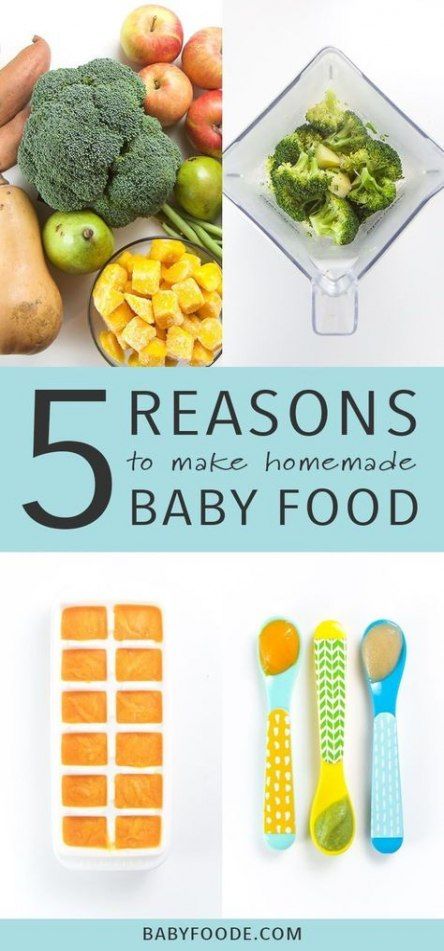 nine0003
nine0003
Fruit baby puree MAMAKO ® contains 20% goat curd. This food option is convenient at the stage of introducing children not only to fruits, but also to dairy products. It is the little ones who eat sweet, tasty foods well during the first feeding period and even when they get older - for dessert.
- Are the recipes for complementary foods from 6 months and those for 10 months different?
- For toddlers, there are no recipes and complex dishes, because it is a simple food for discovering pure tastes without salt and spices, gradually getting used to the texture of the products. In the preparation of the first children's dishes, you can vary the combination of vegetables, focusing on the taste of the baby. nine0003
Recipes appear from the age of two or three with a full transition to the common table, when family preferences become more important. Of course, the baby needs to be introduced to products that are not consumed in the family, because there is a kindergarten and a school ahead.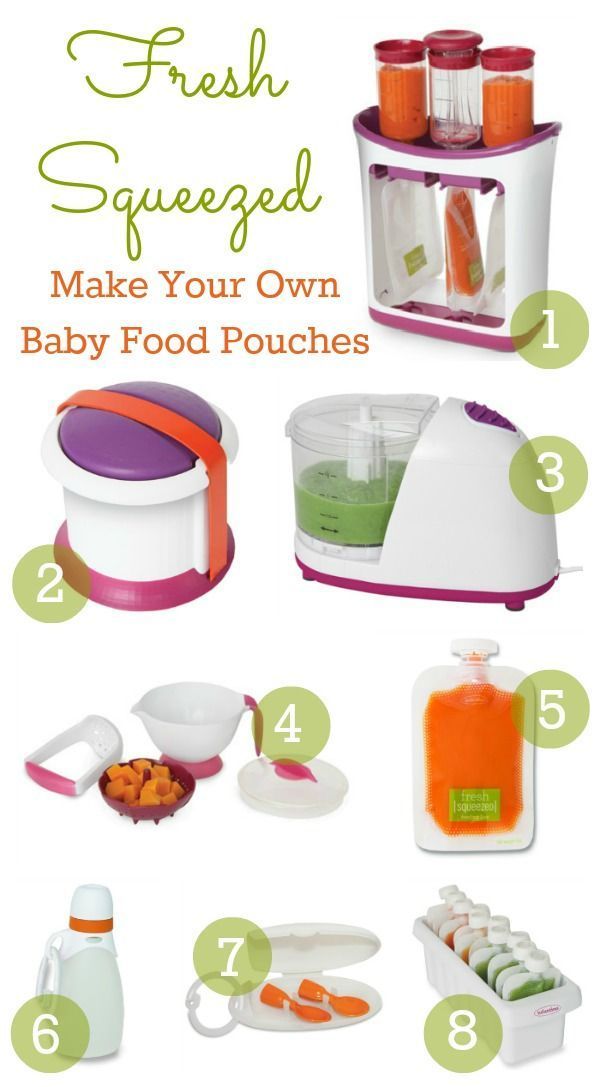 However, the basis of his diet should be food from the general household table . In addition, parents should be careful in cooking: do not overcook foods, do not add artificial ingredients, properly cool food so that homemade vegetable or fruit puree for the first feeding is healthy and safe for the baby. nine0003
However, the basis of his diet should be food from the general household table . In addition, parents should be careful in cooking: do not overcook foods, do not add artificial ingredients, properly cool food so that homemade vegetable or fruit puree for the first feeding is healthy and safe for the baby. nine0003
- Is it possible to combine canned and homemade food and in what proportions?
— There are no strict rules: what is convenient for the family is chosen. For example, it is difficult to make meat puree at home, so sometimes parents add industrial meat supplements to homemade vegetable puree.
There is also no clear gradation in the percentage of different food options. In one plate, you can mix what you have prepared yourself with what you bought in the store. But at home it is not always possible to achieve the desired combinations and prepare, for example, a combined product that includes a variety of fruits and cottage cheese. nine0003
Choose a way of eating that is comfortable for your family. It is easier for someone to cook for their child on their own, for someone it is easier to buy ready-made mashed potatoes. Pediatricians often recommend mashed vegetables or fruits of industrial production, because when it is used for a child, the risk of undesirable consequences is much less.
It is easier for someone to cook for their child on their own, for someone it is easier to buy ready-made mashed potatoes. Pediatricians often recommend mashed vegetables or fruits of industrial production, because when it is used for a child, the risk of undesirable consequences is much less.
* Breast milk is the best food for babies. WHO recommends exclusive breastfeeding for the first 6 months of a child's life and continued breastfeeding after complementary foods are introduced until the age of 2 years. Before introducing new products into the baby's diet, you should consult with a specialist. The material is for informational purposes and cannot replace the advice of a healthcare professional. For feeding children from birth. nine0127
to whom it is laid and how to get, the rules of registration, the necessary documents, issues of issuance and contents of the set, operating modes
- Law
- who are laid for the dairy kitchen
- Extranship norms
- What documents are required to collect
- Booking to receive products
- Expiry date of the prescription for the dairy kitchen
- Working hours of the dairy kitchen
- Last changes
How can I get a dairy kitchen for my child? Every family with a newborn baby has the right to state assistance. In particular, for free food and drink for the child.
In particular, for free food and drink for the child.
Legislation
Dairy cuisine is one of the regional measures of social support for the population. Its activities are regulated by Federal Law No. 323 "On the fundamentals of protecting the health of citizens" dated 11/21/11.
Download for viewing and printing:Federal Law of November 21, 2011 No. 323
In Moscow, the activities of institutions for the issuance of free meals are regulated by Government Order No. 292 of 04/06/14.
Download for viewing and printing:
Order of the Government of the Russian Federation No. 292
Who is entitled to dairy cuisine
The concept of dairy cuisine as such is not fixed in modern legislation at the state level. Special catering facilities are stipulated by the Federal Law "On the Fundamentals of Protecting the Health of Citizens in the Russian Federation". Paragraph 3 of Article 52 stipulates that the provision of adequate nutrition for pregnant women, nursing mothers, as well as children under the age of three years is carried out at the conclusion of doctors in accordance with the legislation of the constituent entities of the Russian Federation. nine0003
Paragraph 3 of Article 52 stipulates that the provision of adequate nutrition for pregnant women, nursing mothers, as well as children under the age of three years is carried out at the conclusion of doctors in accordance with the legislation of the constituent entities of the Russian Federation. nine0003
From this we can distinguish categories of citizens who can apply to an institution for free food:
- babies under three years old;
- pregnant;
- breastfeeding mothers.
Naturally, it is not the children themselves who should come to the institution for their food. This is done by their legal representatives. For example, parents or guardians.
Taking into account the regional programs adopted on the basis of the above law, the following categories of citizens can also be distinguished who can apply for a prescription for free meals:
- disabled (under 15 years of age)
- children under the age of 7 from large families.
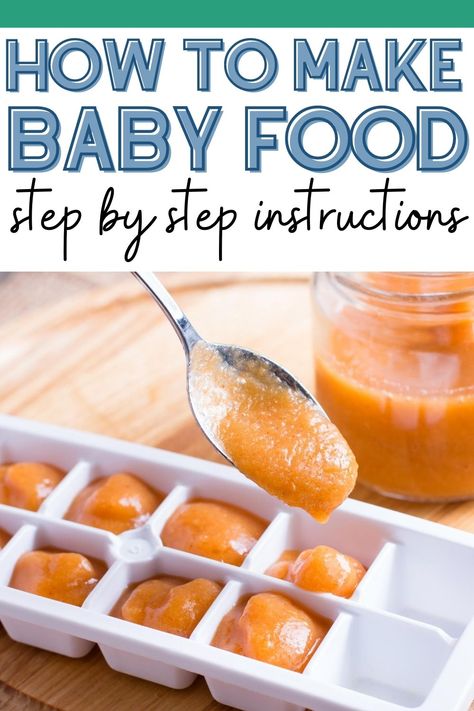
It should be noted that the regional authorities independently regulate the issue related to providing citizens with preferential meals, including dairy cuisine, therefore, the list of citizens who can count on benefits will differ, as well as the food set they are provided with.
Grounds
The basis for receiving the right to free meals is a prescription issued either by a gynecologist who sees a pregnant woman, or a pediatrician who sees a beneficiary's child. nine0003
The polyclinic, in turn, enters into an agreement with an organization supplying and producing food.
Issue norms
Pediatricians, gynecologists and other doctors decide what kind of food children and women will receive free of charge as part of state assistance. The diet that they select should contribute to a healthy diet, the full development of the child's body.
According to the all-Russian trends, in 2022 the list of products served in the so-called dairy kitchen includes:
- vegetable and meat puree ;
- pasteurized cow's milk ;
- kefir adapted for children's organism .

The list is supplemented by nutritional and therapeutic mixtures, liquid or dry, purees made from fruits, milk curds, juices made from fruits.
It is impossible to get any of this food list without having an official prescription from a doctor.
How much free food a baby gets depends on their age. The composition of the grocery basket also depends on age. nine0003
- For example, in Moscow, a child who is six months old has the right to receive dry formula once every 30 days - 350 g and juice made from fruits - a little more than 1 liter. He is also entitled to fruit puree - two kilograms. Be sure to give out porridge once a week, in dry or liquid form, but not more than 400 g at a time.
- A baby who is only 5 months old can receive the following assistance from the state once a month completely free of charge. Firstly, dry porridge - 400 g. Secondly, mashed potatoes made from vegetables, about 1 kg. Mandatory fruit juice and the same puree, 1 liter and 1 kg, respectively.
 nine0030
nine0030 - Babies 3 to 4 months can count on a liter of fruit juice per month, dry formula, about 1 kg.
- Quite babies, from birth to 2 months of life, receive food once every 7 days: about 5 liters of the mixture, preferably in liquid form.
This procedure for the distribution of food is established by the Order of the Department of Health of the city of Moscow.
Attention! This set may vary depending on the region and the decision of pediatricians.In the Perm Territory, children from 6 months old are given 350 grams of formula milk, more than a liter of fruit juice, a little more than a kilogram of fruit puree, 400 grams of dry porridge. The norms for issuing products increase with the age of the child. nine0003
In St. Petersburg, the authorities took a different path, providing citizens with social cards that they can use to pay for food and clothing in specialized stores.
What documents do you need to collect? For example, in Moscow, you will need to collect the following package of documents:
- baby's birth certificate; nine0030
- insurance policy;
- document on registration of the child;
- document from the place of work of parents;
- if the family has many children, a document confirming this;
- a document stating the health of the child;
- if the child is disabled - withdrawal of the commission.

In order for pregnant women and nursing mothers to receive food free of charge, they will need to write a corresponding application addressed to the head physician. Pregnant women can get a sample application from their antenatal clinic. Or watch it here. nine0003 Attention! The absence of a permanent residence permit is not a reason for refusing to issue products. Temporary registration is also suitable.
Booking to receive products
The order and place of distribution of products is also determined by regional legislation. Usually, pregnant women can get a referral for free distribution of products in their antenatal clinic.
Nursing mothers make an appointment to receive food from a pediatrician who monitors the full development of the child. Registration does not take place on the mother, but on the child. But, of course, parents will receive food. nine0003
Older children can get dairy products after registering with a pediatrician.
Period of validity of a prescription for dairy cuisine
It is generally accepted that a prescription is issued for a period of 1 month. In rare cases, this period is extended by 3 months. For example, if the child is not yet three years old, if the recipient of the food is a pregnant woman or a nursing mother. nine0003
Six months prescription is available for children with disabilities and children from large families.
For how long the prescription will be issued, the doctor decides, based on the examination and conclusion about the health of the child and the pregnant/nursing woman.
Important! In order to constantly receive products in the dairy kitchen, you need to remember to renew the recipe in time. You need to apply for a new prescription when the expiration date of the current prescription began to approach.